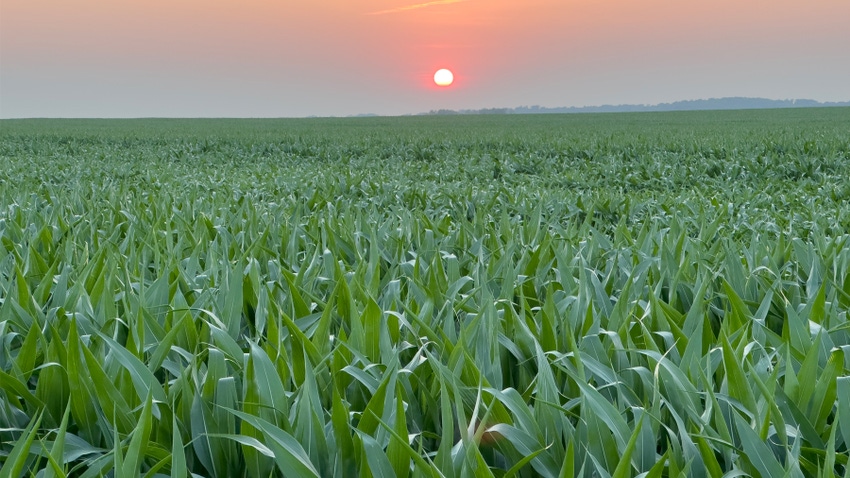April 18, 2024

by Ann Staudt
Why aren’t more farmers installing saturated buffers, bioreactors or wetlands that enhance water quality?
Well, the report Decoding Iowa Farmers’ Understanding of Edge-of-Field Conservation Practices from the Iowa State University Extension and Outreach shows a significant lack of awareness and understanding of these edge-of-field conservation practices. The report indicates that more and better outreach and education will be required to improve understanding, increase interest and motivate EOF action among farmers and landowners.
Great promise
Both research and Extension communities agree that EOF practices show great promise in reducing nitrate loss from farming operations to waterways. Still, the enthusiasm and assuredness within these groups is not translating into action by farmers and landowners.
Confusion and ambiguity about the practices, how they work, and implementation and maintenance costs seem to be sown deeply in the broader agricultural community.
“EOF practices have significant potential to improve water quality by reducing nitrogen loads, as called for in the Iowa Nutrient Reduction Strategy,” said co-author Jacqueline Comito, an anthropologist and adjunct assistant professor in ISU’s department of natural resource ecology and management. “This study and report have identified strengths and weaknesses in how information is disseminated and has provided us with insights to approaches that should help to accelerate adoption.”
Key findings in the report include:
Notable ambiguity among farmers regarding the environmental benefits that saturated buffers, bioreactors and water-quality enhancement wetlands can provide.
More than one-third of farmers are concerned about the bureaucratic challenges or government regulations associated with implementing EOF practices.
Widespread unfamiliarity with EOF practices highlights the need for enhanced outreach and education.
“More efforts and innovative strategies are needed to enhance farmers’ understanding of these EOF practices,” said report co-author Wendong Zhang, a Cornell University agricultural economist.
The Iowa Department of Agriculture and Land Stewardship has made some progress in this area through its support of Batch and Build programs that help alleviate bureaucratic and financial burdens for individual landowners. But even these programs seem to be affected by the general lack of understanding of EOF practices.
Aligning information delivery with audience preference
The researchers also analyzed methods and distribution channels being utilized to deliver EOF information to decision-makers and tested the effectiveness of different formats to help tune future outreach efforts.
“We found that study participants preferred infographics over instructional videos, and that there was an overall preference for presentation from peers rather than researchers or Extension experts,” said Xiaolan Wan, an ISU Ph.D. candidate and co-author. “From this foundation, we should continue looking at the best distribution path to ensure that information is available and impactful to the broadest segment of farmers and landowners.”
“The infographic outperforming traditional fact sheets and videos reveals an interesting insight into farmer-learning preferences,” Zhang says. “It suggests that visual, easily digestible content is more effective at conveying information than more time-consuming narrative formats.”
Improving methods and increasing adoption
The report offers insight into the rate of EOF conservation adoption in Iowa and some of the fundamental factors that have hindered the pace of adoption. Looking forward, the outcomes and recommendations in the report offer strong guidance on the creation and alignment of better outreach tools through preferred and trusted channels that will reach more decision-makers.
Through such changes, there is a great opportunity to improve general knowledge about EOF, reduce barriers to adoption, allay fears and promote action.
Download the full report and associated infographic at iowalearningfarms.org/eof-project.
Staudt is a conservation outreach specialist with Iowa Learning Farms and director of Water Rocks!
You May Also Like




